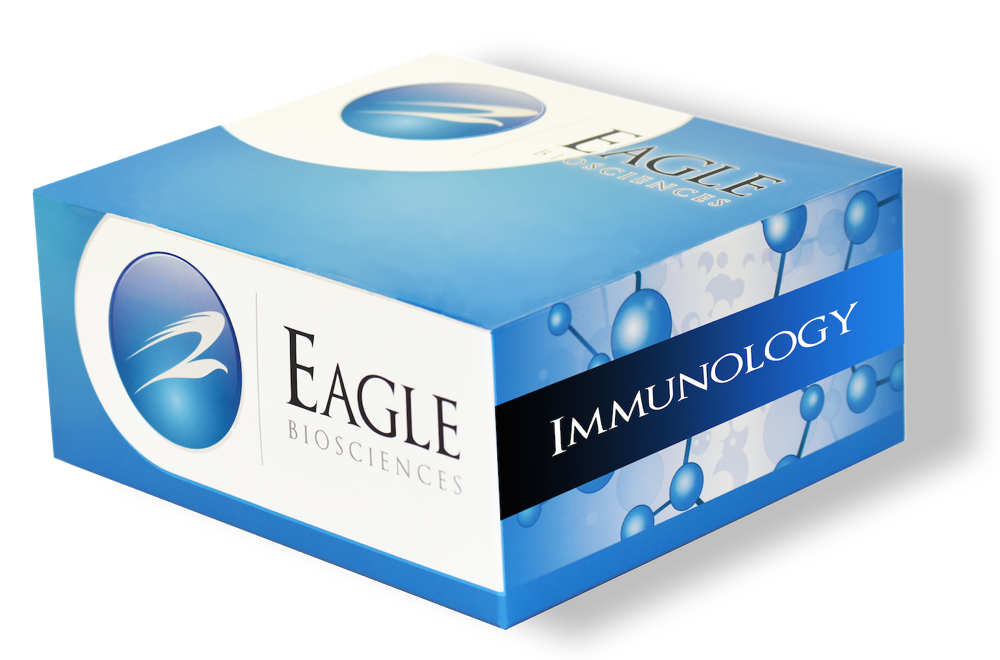C3d, a pivotal fragment within the complement system, plays a key role in both innate and
adaptive immune responses, mediating inflammatory and protective reactions against
pathogenic threats. This system, comprised of a complex array of proteins and receptors,
operates in circulation, tissues, and various body fluids. Activation of the complement system
occurs through three distinct pathways: the classical pathway, triggered by immune
complexes; the lectin pathway, initiated by surface-bound lectins; and the alternative pathway,
activated by unprotected surfaces. These pathways converge to produce C3 convertases,
serine proteases that cleave C3, the central complement protein, into the major fragment C3b.
This cleavage is crucial for the formation of the C3 and C5 convertases, which drive the
complement cascade and lead to the formation of the cytolytic membrane attack complex
(MAC).
C3dg, a non-glycosylated single chain protein of 38.9 KDa, transitions slowly to C3d in the
bloodstream, with C3dg often being the predominant form. The ability to distinguish between
various C3 fragments remains a challenge for most assays. These C3 activation products play
a crucial role in numerous diseases, including transplant rejection, kidney diseases, agerelated macular degeneration (AMD), and various inflammatory conditions. Surface-bound C3
fragments, particularly through interactions with complement receptor 2 (CR2), are
instrumental in regulating adaptive immune responses.
C3d stands out as an attractive diagnostic biomarker due to its role as an end product of C3
activation, reflecting ongoing complement activity more accurately than C3 and C4 levels.
Despite most antibodies recognizing epitopes on the C3d portion of the alpha chain,
differentiating between native and activated C3 proteins remains a challenge. The unstable
binding of C3dg to cell membranes, leading to the release of C3d, further underscores its
diagnostic significance in complement-related diseases.
This product is manufactured in Netherlands by Hycult Biotech.

